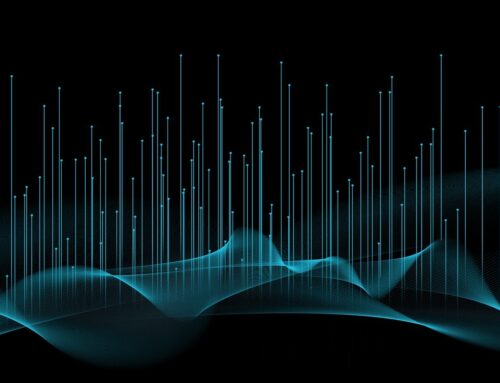Philosophers as well as some Asian cultures believe the pineal gland (located in the lower back of our brain) is instrumental in our ability to intuit and, by exercising that part of the brain, we can further develop our psychic sense. Scientists know the pineal gland, which is found in vertebrates, as the source of melatonin and the circadian rhythm.
Rene Descartes, who studied this pine-cone shaped gland, called it the “seat of the soul.” He believed the pineal to be where intellect and the body connected. French writer/philosopher Georges Bataille called the gland the pineal-eye.
Hindus believe the pineal is related to the ajna chakra
The ajna chakra, located just between and above the eyebrows, is instrumental in attaining mystical awakening, psychic abilities and higher states of consciousness, according to Hindu theology. They believe that when something is being seen in the mind’s eye or a dream, this chakra—an energy point in the “nonphysical” body—is being engaged. Tradition further says that by meditating through the ajna, people can become omniscient (all-seeing, all-knowing).
A Chinese healing tradition says the pineal stimulates intuition
Those steeped in the healing practices of QiGong (a Chinese medical tradition/philosophy) say that by stimulating your pineal, you’ll not only open your third eye—another term for psychic ability—but you’ll also dream more vividly and possibly generate out-of-body experiences.
An Oriental medicine doctor (OMD) I know recommends the Bodhi technique to decalcify the pineal gland. By snapping your fingers against the back of your head two to three times a day, you’ll strengthen your ability to intuit. The practice consists of:
- placing light pressure from your palms over your ears (your fingers pointing to the back of your skull);
- reaching your thumbs toward the lower back part of your skull (if you have long hair, you may want to place you thumbs under your tresses);
- placing your middle fingers over your index fingers; and
- snapping them in unison, allowing them to lightly hit the back of your head.
The OMD explained to me that you’ll know you’ve done it correctly, when you hear a deep, thumping, resonating sound in your head. Instructions say this exercise should be done for 36 consecutive snaps at least two to three times a day. With time, work up to 72 and then 81 snaps for each session to see optimal results.
I’ve experimented with this technique, but have yet to practice it consistently, so I can’t say whether it’s useful or not. If any of you see benefits from this exercise, please let me know.






Leave A Comment